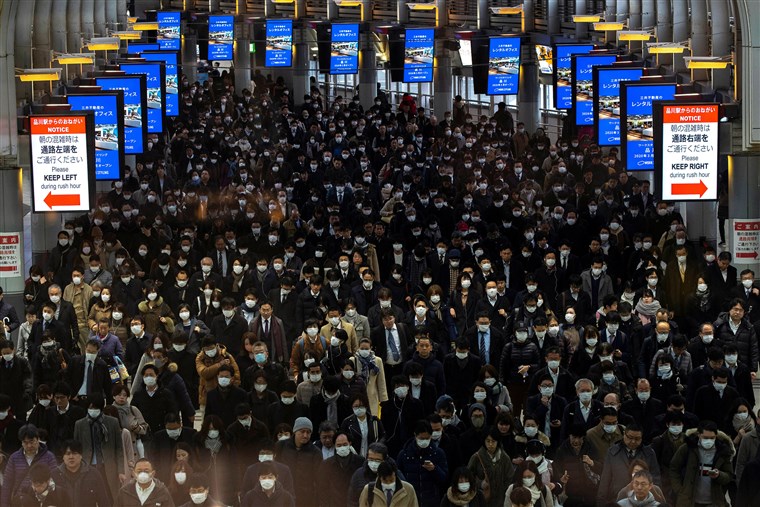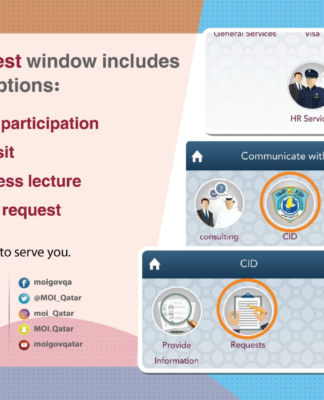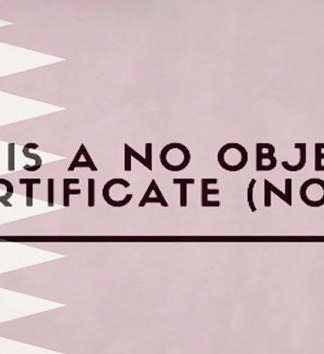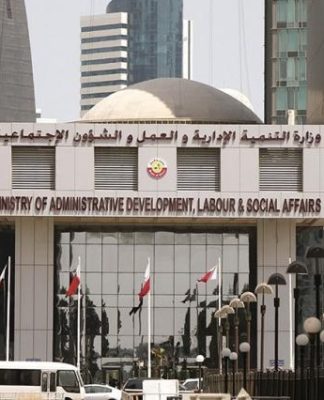As patterns shift across sectors, a new post-pandemic nation is taking root, but the old hasn’t gone away.
INDIA Updated: Jul 18, 2020 04:17 IST
When India encountered its first case on January 30 in Kerala, the coronavirus disease (Covid-19) seemed like an abstraction — an unknown infection in a corner of China that seemed to have created a scare of sorts.
But it wasn’t “our problem”.
When, in early March, a Delhi resident — who had returned from Europe; whose children studied in an elite school in Noida; and who went out for a meal to Hyatt — tested positive, that abstraction became a reality for urban middle class Indians. Suddenly, it was not someone else’s problem. Covid-19 had hit home.
Five-and-a-half months later, a million Indians have been infected by Sars-Cov-2. Over 25,000 Indians are dead due to the disease. And India has changed.
India’s governance structure has confronted the most serious multi-dimensional crisis in its history. Its political life is on the verge of a potential transformation, both in form and substance. Its public health system has emerged as the most critical determinant of the nation’s ability to fight and revive. Its economy has gone through an unprecedented contraction. Its governing economic philosophy has shifted. Its companies have been forced to reconfigure their businesses.
That’s not all.
The country’s labour has gone through a humanitarian tragedy, more severe than it has ever experienced. India’s poor have got poorer, the rich have not got richer, and the middle class has seen opportunities shrink, jobs disappear, and incomes get depleted. Its professionals have had to reconfigure the very idea of what it means to work and how. Its children have been forced to adapt to a new education system, where going to school itself is an elusive prospect. Its young adults are graduating, but with nowhere to go.
Finally, India’s rich social and family traditions have transformed. Its relations with the world have undergone a reset, driven by the imperatives of managing the pandemic while securing the country. And its citizens have changed the way they live, eat, travel, interact, and work, perhaps irreversibly.
This then is a story of a virus, a million cases, and the creation of a new pattern of State-citizen and citizen-citizen engagement, a new political system, a new economic paradigm, a new social framework, a new citizenry, and, in many ways, a new national imagination. There is a caveat, however. This pandemic-induced rupture has not wiped away the past — but retained elements of it; there is, thus, continuity. A new post-pandemic India is taking roots, but old India has not gone away.
The State’s centrality
In the new post-pandemic India, the State is more powerful and present in everyday life than it was in pre-pandemic India.
From when people can leave their neighbourhood to when children can go to school, from where people can shop to where they can travel, from what they need to do if they are feeling unwell to the penalties they have to pay for flouting official directives, from when businesses can open in the day to where they can source supplies from or export, the State’s writ is larger than ever before in influencing the public and private sphere.
To be sure, this is not exclusively an Indian phenomenon; nor necessarily a negative one — the pandemic required the State to step in and regulate society in ways which would prevent the spread of the infection and ensure common good. In cases where the State did not fulfil this role — the United States is an obvious example — the situation is a lot worse. But to think that only three decades ago, a reform process which hinged on the retreat of the State in India’s political economy commenced, it is remarkable to see how powerful the State apparatus indeed is.
The centrality of the State is most acutely reflected in the health care system. People may have seceded from the realm of state services by turning to private services for basic needs, but the pandemic has shown no one can truly secede from the larger public health system. It is the web of the health ministry, state governments, government hospitals in each district, government doctors and health care personnel which has provided the first line of response. The private sector has chipped in — but even the conditions under which it can do so have been determined by public health authorities.
This expansive role of the State also required new ways of working. From the Prime Minister holding video conferences with chief ministers to the cabinet secretary convening a meeting of all chief secretaries digitally, from rolling out the Aarogya Setu app to track infections to the deployment of officials from a range of departments for contact tracing, the State has had to adapt, embrace technology, divert its resources for the most urgent tasks at hand, and realign priorities .
But through all of this, it has also become clear that Indian State’s capacity is woefully inadequate. Its investment in key areas which are central to its mandate — such as health — is way too limited. Its coercive apparatus has a tendency to go overboard, as during the enforcement of the lockdown. It is slow to respond to immediate needs of the most vulnerable citizens (migrants being the most obvious example), and it lacks the required domain expertise needed for emergencies.
The centrality of class
Even as the pandemic has shown both the overwhelming presence of the State and its inadequacy, it has also led to tremendous suffering — and in the process, highlighted, and reinforced, the existing inequalities of Indian society.
The pandemic affected every citizen, but it affected some more than others. If you were a migrant worker living in a Mumbai slum — with your factory shut, with no wages, with no accommodation, with your family hundreds of miles away in Bihar or eastern Uttar Pradesh, with no transport to go back home — you suffered.
If you were a small roadside vendor in Delhi — with your tea stall closed, with your landlord in an unauthorised colony asking you to vacate your room immediately, and with the only way to get home being a long arduous walk back for hundreds of miles — you suffered.
If you were a small business owner — whose imports had collapsed, supply chains were disrupted, factory was closed, orders had dried up, and entire financial planning had collapsed — you suffered.
If you were a child, born in a poor family, in a village, going to a government school which shut down, dependent on the mid-day meal which was no longer provided, and where the idea of online classes could barely be imagined, you suffered.
If you were a salaried professional who just lost a job — and you struggled to pay back your monthly interest on that loan for a recent car, or fees for your school children, or rent for the house — you suffered.
This tragedy of human suffering — caused both by the pandemic and the lockdown imposed to curb its spread — will remain entrenched in public memory and private stories for years to come. It has shown the importance of class. It has brought to light the vulnerabilities of millions of migrant workers. It has shown the essential nature of State welfare programmes, which have acted as the only, limited cushion in trying times. And it has shown that how, when decisions are taken at a policy-level, the human cost is not always adequately factored in.
Contours of politics
If the State has been central, and if the economic suffering has been tremendous across spheres, can politics be far behind?
The pandemic has forced political parties to recognise that the old ways of engagement with citizens is gone, at least temporarily. Crowded mass rallies will only be a memory. But this does not mean that the engagement with citizens will end. Indeed, the pandemic had already forced a reset, with parties embracing digital technologies to interact with workers, mobilise citizens, and push out their messages. It is not a neat substitute. It cannot replace the human touch, essential in politics. But it will be the norm, and those who adapt it quicker will have the advantage.
But the pandemic has the potential to change the substance of politics, too. Political parties recognise that the response to Covid-19 will be a defining element of their legacy if in power. And that is why the rush to claim credit, to show that the country — or a particular state — is doing better than others, is visible on part of ruling parties, and the rush to critique the response is apparent on part of the Opposition.
But the key question is how the discourse on issues will now shape up. For citizens, public health, livelihoods, welfare, formal jobs with a degree of security, income support in difficult times is, now, a matter of life and death. If these become central themes of Indian politics, then the country may be on the verge of a reset, for the better.
Life of a citizen
What has changed in these six months is also the life of an ordinary citizen. If you are a young professional, you live and work differently. Online meeting platforms are central to your work life, as is the idea of working from home. Attending weddings online, or socialising with your friends on a web platform with a drink, is the new normal. If you are a student, online classes are central to your education, the nature of exams has changed, and the memory of playing with friends in your school ground is just that — a memory. If you are an old retired couple, going for a walk is suddenly a risk, and your children don’t visit you for the fear of exposing you to the disease.
These fundamental shifts in the lives of citizens are changing society. The pandemic has restructured social interactions, and transformed the manner in which social bonds are sustained or individuals form groups. It has, at a micro level, allowed resident welfare associations to dictate your life. At a macro level, it has created new associations — of class for instance — but also reinforced old associations, of more parochial identities as people slide back into their own families, caste networks, and communities. All of this will alter social frameworks, in ways difficult to anticipate at the moment.
In the post-pandemic India, Indians will have to be ready for a more uncertain and fragile future.
All assumptions lie challenged, all old ways of living lie broken, and the security of the past lies shattered. What will emerge from this debris will depend on how, and when, the world, and India is able to fight off the pandemic.






























